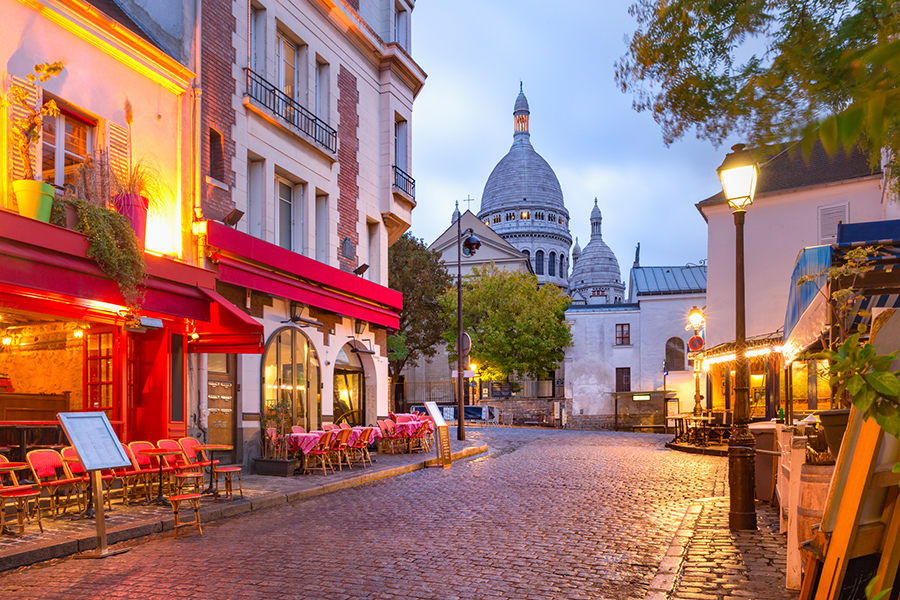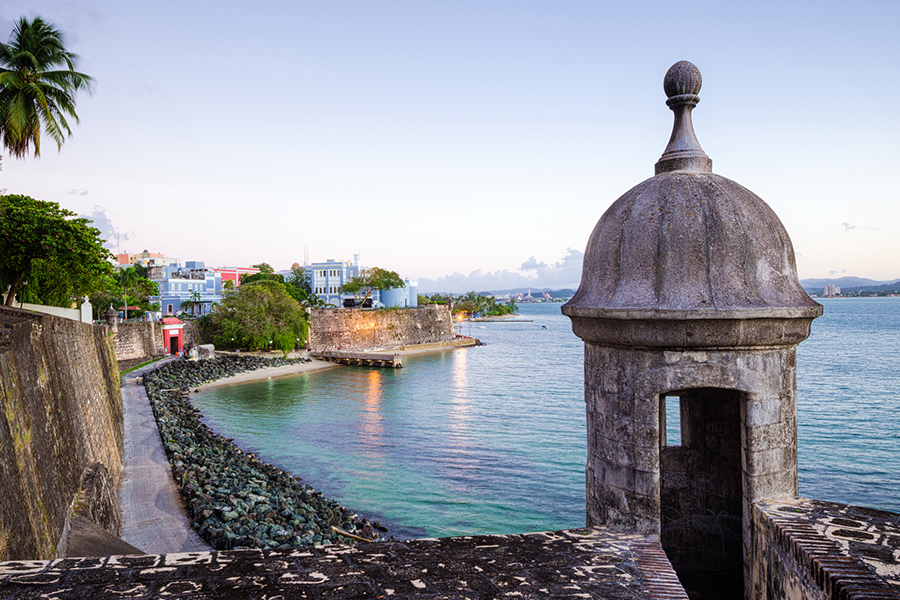Pura Vida – the Pure Life in Costa Rica

In Costa Rica’s Manuel Antonio National Park, a small group of kayakers paddles single file through a narrow channel in a dense mangrove forest, pausing when their local guide silently points out a brown, bumpy log floating in the murky water. On closer inspection, this “log” has eyes, a rounded snout and razor-sharp teeth set in jaws that have a bite even more powerful than a great white shark. The American crocodile, a fierce predator that can take down a large deer, is easily camouflaged in the coffee-colored river. The kayakers observe from a safe distance until the guide signals it’s time to move on and see what captivating flora and fauna lies ahead.
The mangroves are beguilingly beautiful, but eerie.
Exposed roots of various species of mangrove trees seem to reach for the kayakers like sinister skeleton hands. Long vines slither from the trees, and the disconcerting call of white-faced howler monkeys is anything but welcoming. Sometimes the bold creatures hop a ride with unsuspecting kayakers.
It’s the thrill of the unknown that’s so appealing to these adventure seekers who have embraced “pura vida,” a phrase often used by Ticos as native Costa Ricans are called. Literally translated, it means “pure life,” but sometimes it can mean “embrace the joys of life.”
Motorized boat tours are available, but kayaks are quiet and able to navigate through small waterways that are inaccessible to larger vessels, increasing the chances of seeing some of the shyer wildlife.
Kayaking is one of the more popular experiences on the 15-day Classic Costa Rica tour by Club Adventures. The itinerary is designed to showcase the natural wonders of this small Central American nation with a geographically diverse landscape of volcanic plains, rain forests, jungle rivers and unspoiled beaches. With roughly 28 percent of Costa Rica’s land preserved in national parks and reserves, it’s easy to see why the country is such a hotspot for eco and adventure tourism.
It’s just the place to disconnect from all those devices and reconnect with nature.
At only 4,900 acres, Manuel Antonio is Costa Rica’s smallest national park, but it’s big on wildlife. The unique ecosystem is one of the most biodiverse spots on Earth.
Hikers can choose from several trails of various lengths and difficulty. Wherever they go, most hope to spot the two-toed sloth, a cuddly-looking tropical tree-dweller that spends most of the day sleeping upside down.
The creatures move at a glacial pace, but they aren’t stupid, a common misconception. They are just as smart as they need to be to survive. When caught by a predator, they go from crawler to brawler, using their sharp, curved claws to defend themselves. Males can be territorial, fighting other sloths who get too close.
844-205-6226, www.clubadventures.com
Marvels of Costa Rica Tour with Pleasant Holidays
At Vida Aventura Nature Park in the Guanacaste Mountain range, hikers look up in the direction of a shrill call ringing throughout the forest canopy. Is it one of those ear-splitting howler monkeys? Nope, it’s a first-time zipliner shrieking with sheer delight as she flies through the jungle like a superhero.
Ziplining, which originated in Costa Rica, is just one of many adventures on Pleasant Holidays’ 9-day Marvels of Costa Rica tour. The company partners with Costa Rica-based CATours (www.centralamericantours.net) to provide top-notch excursions.
The nature park, surrounded by 400 acres of private reserve, is one of the most anticipated stops, but the well-rounded itinerary also includes the Arenal Volcano and Hot Springs, Cano Negro Wildlife Refuge and the Monteverde Cloud Forest Reserve.
Stay at the Montana de Fuego Eco Resort in La Fortuna, and you’ll be in the shadow of the Arenal Volcano, a mile-high, active volcano whose low rumblings may be unsettling to first-time visitors. Relax; the next violent eruption isn’t due for another 500 years or so.
A wealth of hot springs heated by the volcano dots the rainforest. Bathing in these thermal waters is not only relaxing, but the mineral-rich water is also said to help ease joint and muscle pain – a welcome relief after a day of hiking, zip lining or white-water rafting.
Next, you’ll travel to Cano Negro Wildlife Refuge near the Nicaraguan border for a four-hour floating safari through the jungle marsh, one of the most important wetlands on the planet.
A guide explains that those reptiles sunning themselves on the riverbank aren’t crocodiles, but their smaller cousins called caimans. A parade of turtles, spider monkeys and iguanas make for some Instagram-worthy posts.
Monteverde Cloud Forest Reserve is a tour highlight – at least, for those who don’t suffer from a fear of heights. The Sky Walk tour requires trekking over a series of suspension bridges that weave through the mist-cloaked rainforest canopy and hover above deep gorges and valleys.
Bring binoculars because the 25,700-acre reserve is a birdwatcher’s paradise. It’s home to some 400 bird species, including the three-wattled bellbird with its distinctive ringing cry and the magenta-throated woodstar hummingbird that floats from one exotic flower to the next like a bumblebee.
The most ambitious birders set off on a quest to spot the elusive resplendent quetzal that flaunts iridescent green feathers. Even with such flamboyant plumage, it can hide in the dense rainforest, but its melodious song sometimes gives it away.
After relaxing in a place of such sublime natural beauty, many visitors say they wish they could bottle a little of that pura vida lifestyle to take back home.
800-742-9244, www.pleasantholidays.com





